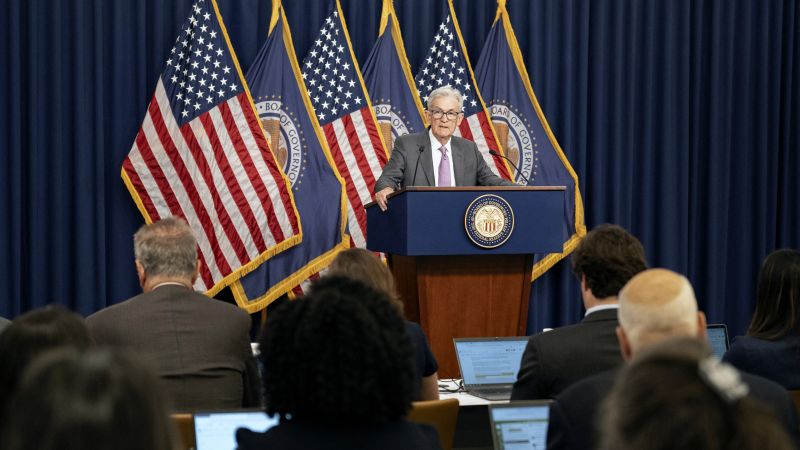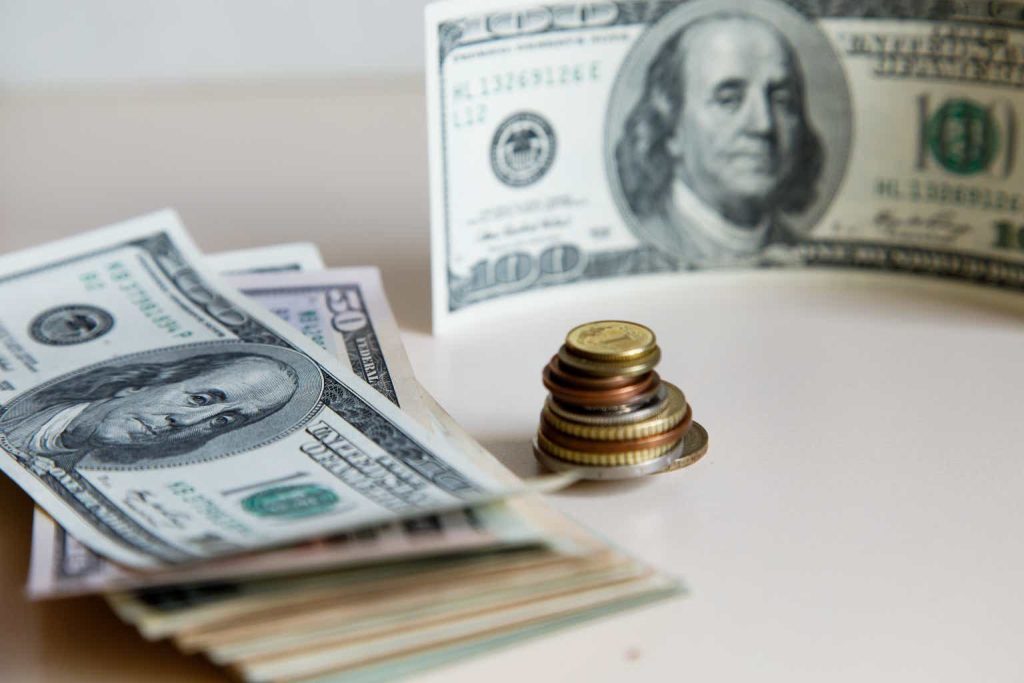It’s a pivotal week for the US economy, with the Federal Reserve expected to cut interest rates for the first time since 2020. The move would mark a major milestone both for the central bank’s long fight with inflation and for Americans battling a higher cost of living for the past two years.
But it’s also an expectation that is coming to fruition much later than the Fed and Wall Street expected in the beginning of the year.
Fed officials and investors have long anticipated that borrowing costs would come down in 2024 — at some point — according to their economic forecasts. At the end of last year, the air was brimming with hope that the Fed would start cutting rates early in 2024, easing pressure not just for consumers, but also for businesses of all sizes hampered by higher costs. A spring rate cut seemed to be in the cards around the turn of the year, according to the futures market, and most major Wall Street banks estimated the first rate cut’s arrival sometime before the summer.
But nine months in, rate cuts still haven’t happened, drenching Wall Street’s parade and leaving US consumers squeezed by elevated interest rates. All that could start to change on Wednesday.
It’s simple: The Fed didn’t cut interest rates sooner because it could have reignited inflation or left it stuck above the central bank’s target.
While it was a steady (but grueling) journey getting inflation down from its 2022 peak of 9.1%, the bumpy first half of this year proved otherwise, vindicating the Fed’s patience.
In 2022 and 2023 “inflation was coming down without any major impact to employment conditions or the US consumer,” Oscar Muñoz, chief US macro strategist at TD Securities, told CNN. After that, Fed officials likely realized that “the level of interest rates after the July rate hike last year was probably enough for inflation to lose momentum while maintaining the economy,” Muñoz said.
Then came the dreaded bump that Fed Chair Jerome Powell had predicted long ago when describing inflation’s journey to the Fed’s 2% target. In January, inflation came in hotter than expected. Then it happened again, and again. By the time central bank officials gathered for their April 30-May 1 policy meeting, they had to admit in their statement that “in recent months, there has been a lack of further progress toward the Committee’s 2 percent inflation objective.”
That rough patch is precisely why Americans have only recently begun to get some relief. Bond yields, which move in anticipation of the Fed’ decisions on rates, have come down over the past several weeks based on signs encouraging the Fed to cut rates, such as weaker-than-expected employment data and cooling inflation. That has resulted in tumbling mortgage rates, which are now down more than 1.5% from their two-decade high last fall.
A September rate cut wasn’t even in the bag until late August, when Powell gave his strongest signal that inflation had come under control just enough for the Fed to finally feel comfortable dialing back policy, in his keynote speech at the Kansas City Fed’s annual economic symposium in Jackson Hole, Wyoming. Powell also noted the job market’s fragile health as a key reason why the Fed is poised to act.
The Fed wields a powerful tool. Its benchmark lending rate, which influences borrowing costs broadly, either puts the US economy in a chokehold when rates are high, or it stimulates economic activity whenever rates are loosened. That’s how the Fed wrangles runaway inflation or rising unemployment. And now, after years of inflation taking the spotlight, the job market’s health has come into greater focus.
But with such power comes great scrutiny. As an independent and apolitical agency, the Fed can nonetheless be subject to immense pressure from Wall Street, Capitol Hill and the White House. Under Chair Powell, appointed by then-President Donald Trump, then re-appointed by President Joe Biden, that has also been the case. But Powell has stayed the path, emphasizing at all times that the central bank’s decisions are data dependent.
“Jerome Powell’s Fed has navigated both market and political pressures rather well,” Philipp Carlsson-Szlezak, global chief economist at Boston Consulting Group, told CNN. “Bashing the Fed is sort of everyone’s pastime, but nothing in the economy has broken.”
Investors and lawmakers have called for the Fed to lower rates several times over the past year or so, citing impending doom in either the banking sector, the job market or housing if the Fed did not heed their demands. But the Fed never did. Its policy decisions have all been guided by the story that economic figures tell.
A soft landing, a situation in which inflation is tamed without a recession, seems to be in clear view — at least for now.
Read the full article here






